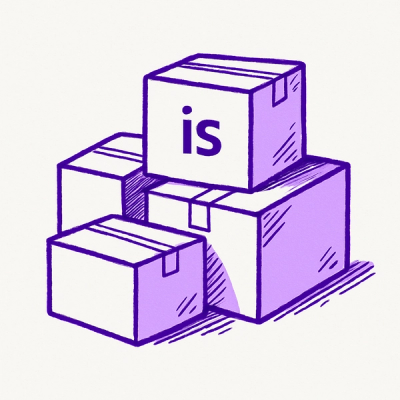
Research
/Security News
Toptal’s GitHub Organization Hijacked: 10 Malicious Packages Published
Threat actors hijacked Toptal’s GitHub org, publishing npm packages with malicious payloads that steal tokens and attempt to wipe victim systems.
Jekyll-Manager is a command-line tool that acts as an interface to manage your jekyll blog.
Currently, the extent of the tool covers managing posts (listing, viewing, editing, creating and deleting), but plans to cover more. Your suggestions are always welcome!
Jekyll-Manager is available for download via pip (page here).
To download, you simply need to run:
pip install jekyll-manager
If you installed it via pip, then it's quite easy to run.
There are 3 ways (currently) to run the program:
jekyll-manager </relative/path/to/jekyll-blog> to manage your blog.jekyll-manager to manage your blog.JEKYLL_ROOT to point to your jekyll blog directory, and run
jekyll-manager from anywhere.Jekyll-Manager will find your blog in the order above, so even if you're in a jekyll-blog directory, and type in the path to another directory, it'll check that other directory.
Alternatively, if you don't want to download via pip, clone the repository by typing in
user@computer:~/Downloads/$ git clone https://github.com/kludron/jekyll-manager
Then traverse into the directory and run the python setup.py install
user@computer:~/Downloads/$ cd jekyll-manager
user@computer:~/Downloads/jekyll-manager/$ python setup.py install
You should now be able to follow the same instructions as in the 'How to run' section!
With the current build being in Python3, this needs to be installed.
Installation guide for Python3 can be found here. https://www.python.org/downloads/
After installing Python3, we need to install all of the required packages. To do this, pip needs to be
installed. If this is not already installed, installation steps can be found
here. https://pip.pypa.io/en/stable/installation/
To install the required packages, first you will need to clone the repository. To do this, open your terminal (or command prompt on windows) and type in:
user@computer:~/Downloads/$ git clone https://github.com/kludron/jekyll-manager
The next step is to install the required pip packages. To do this, type in:
user@computer:~/Downloads/$ cd jekyll-manager
user@computer:~/Downloads/jekyll-manager/$ pip install -r requirements.txt
Now that the requirements are installed, jekyll-manager can be run directly
NOTE: This is tool is currently not yet configured to be run directly for Windows Machines. The python prefix is needed
./jekyll-manager <jekyll-blog-directory>
or with python
python jekyll-manager <jekyll-blog-directory>
There is also the ability to run this program from anywhere (by setting environment variables).
For Linux and MacOS users, this can be done by symlinking the file to your local bin folder.
NOTE: For this to work, your $HOME/.local/bin file needs to be in your PATH.
ln -s $(pwd)/jekyll-manager $HOME/.local/bin/
For Windows users, this can be done by adding the jekyll-manager folder to your path. To do this:
NOTE: Currently, this is unsupported and not available on Windows machines yet.
env in the search bar.After adding it to your path, you can follow the guide in the (first) 'How to run' section.
Not at the moment.
This tool is still very much in progress, but will cater towards all configurations for jekyll in the near future. Stay tuned!
FAQs
A command line interface for managing your Jekyll Blog
We found that jekyll-manager demonstrated a healthy version release cadence and project activity because the last version was released less than a year ago. It has 1 open source maintainer collaborating on the project.
Did you know?

Socket for GitHub automatically highlights issues in each pull request and monitors the health of all your open source dependencies. Discover the contents of your packages and block harmful activity before you install or update your dependencies.

Research
/Security News
Threat actors hijacked Toptal’s GitHub org, publishing npm packages with malicious payloads that steal tokens and attempt to wipe victim systems.

Research
/Security News
Socket researchers investigate 4 malicious npm and PyPI packages with 56,000+ downloads that install surveillance malware.

Security News
The ongoing npm phishing campaign escalates as attackers hijack the popular 'is' package, embedding malware in multiple versions.